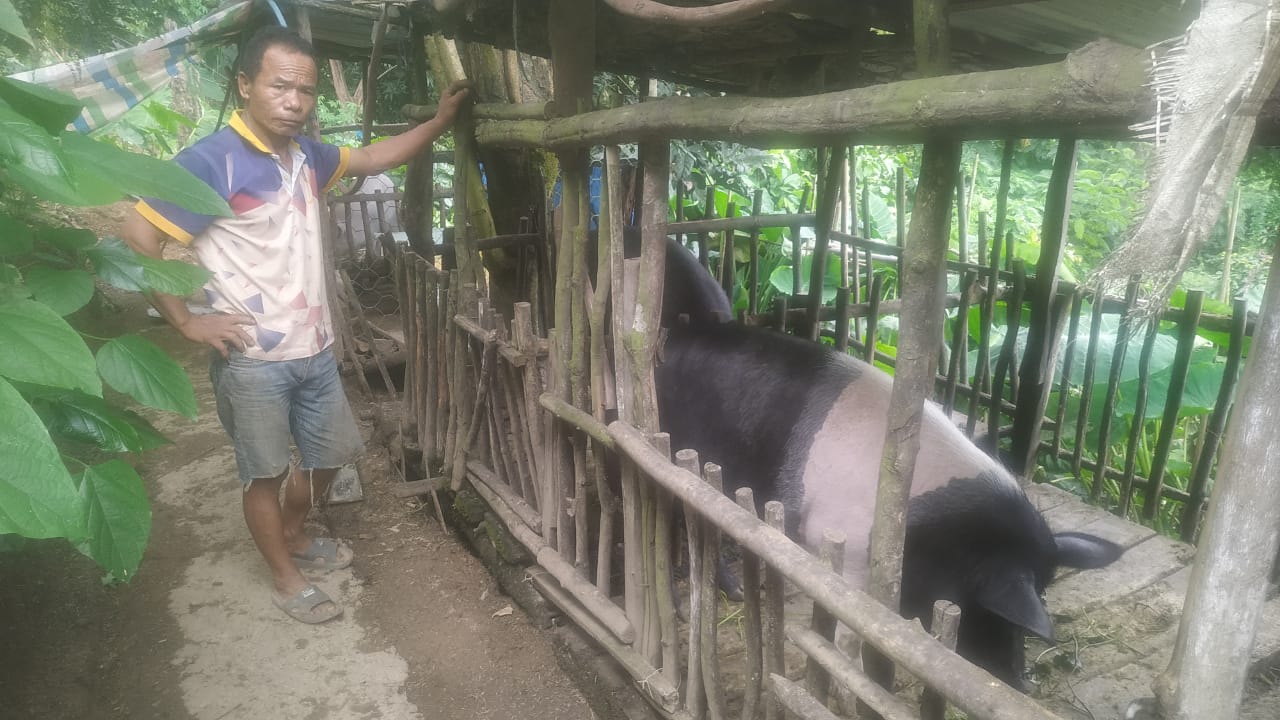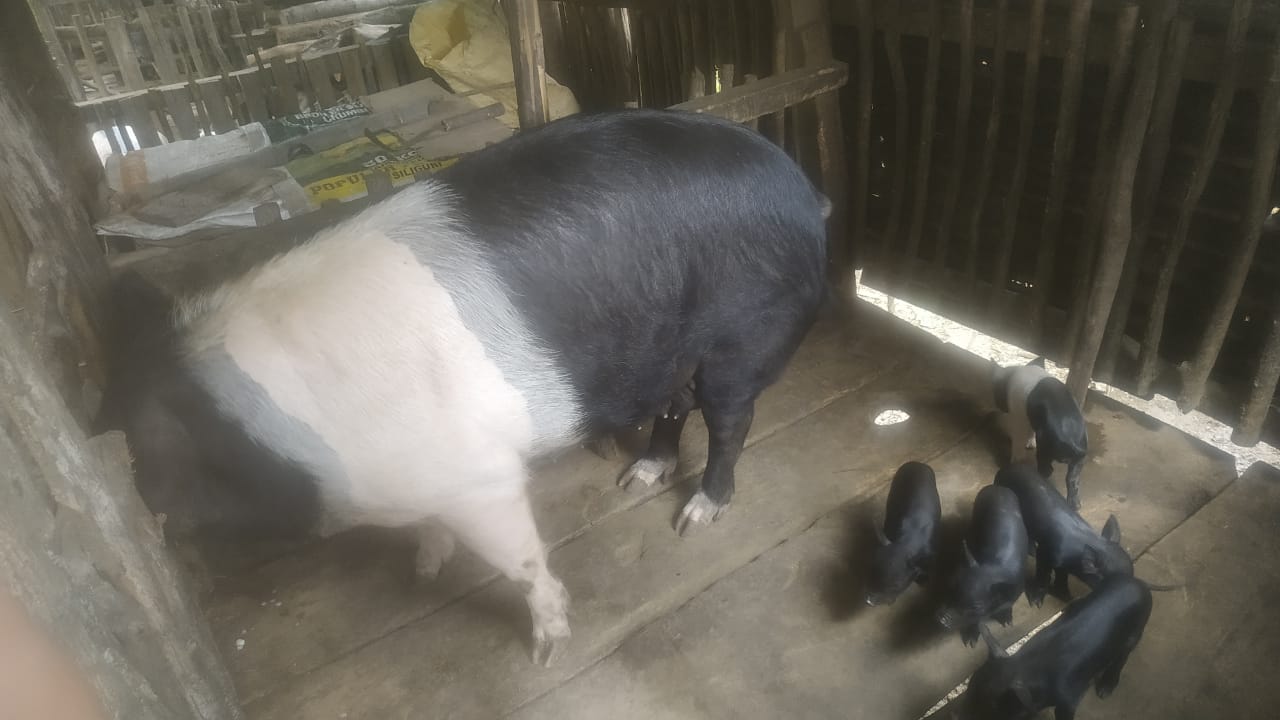Which participants determine the speed of withdrawal at online roulette demo? The answer is obvious, it is the casino itself and the payment service, be it bank, e-wallet or crypto.
Mizoram Pig Farmers reviving from the effect of African Swine Flu
African Swine Flu (ASF) has majorly affected the Small Pig Farmers of Asia and the Pacific region. The disease with a 100% fatality rate has impacted almost 17 countries in the region.
In Mizoram, the first case of ASF was identified in south Mizoram’s Lunglei district near the Bangladesh border. Since its outbreak, a total of 9,891 pigs and piglets have died as shared in a report released by the state animal husbandry and veterinary department on August 4, 2022.
Piggery is a popular form of animal rearing in Mizo society and almost every family has at least one or two pigs to supplement their income or for consumption. In modern society, however, most families raise pigs for selling and earning money.
“When the ASF epidemic hit Mizoram in 2021, I had 11 pigs and all got killed by the dreadful epidemic,” says Pu R Lalchhawntluanga, a hardworking Farmers’ Club member who lives in Serchhip VC-I. He started piggery in his farm in 2020 after borrowing Rs.5,00,000 (five lakh) from Mizoram Rural Bank. All his efforts and money spent on piggery for years were gone in a blink of an eye. It was a tragic loss for a dedicated farmer like Pu R Lalchhawntluanga.
At that time farming saved him and his family of five. He used to cultivate sugarcane and practised mixed cropping of different crops such as stink bean (local name: zawngtah), thingthupui (local well-known food item), pineapple, and many others.
Pu Lalchhawntluanga informed the bank officials about his loss and requested for reconsideration of the loan. Considering the gravity of the situation, the bank officials gave some relaxation in his repayment schedule so that he only had to repay the interest until he could obtain the investment return from the piggery, and the maturity period of the loan was also extended from 5 to 10 years.
Even after all the losses, he never gave up his interest in the piggery. Within a month by when the last pig died, there were two piglets in the same sty in his farm. However, he did not sell them this time. It was a sharing system, where the lender borrows pigs to raise them and when the pigs are sold, their values are divided in half; one half goes to the farmer who raised the piglets and the other goes to the piglets’ owner. This was his only option for resuming piggery with as little risk as possible.
Caritas India through its FARM Northeast III program has taken the initiative to support the vulnerable farmers with piglets for livelihood restoration. The Farmers’ Club of the village proposed Pu Chhawntluanga for the support considering his loss, but also due to his dedication to pig farming.
“I almost gave up when I lost all of the pigs to ASF. I didn’t have enough money to buy more piglets, so I decided to raise one of my relatives’ piglets so that one day I could restart pig farming and recver my losses. When I was chosen as one of the recipients of two piglets, I was overjoyed because it meant that I would be able to restart piggery with my piglets.” shared Pu R Lalchhawntluanga with lots of excitement.
Pu R Lalchhawntluanga is optimistic about his success because of his perseverance and determination. One of his sows recently gave birth to six piglets for the first time, and another sow is due to give birth soon. He now has 11 pigs, he revived his lost number and is more determined than ever to become a successful pig farmer.
Copyright Caritas India 2013 ! Developed by Neural Info Solutions Pvt. Ltd.


















































